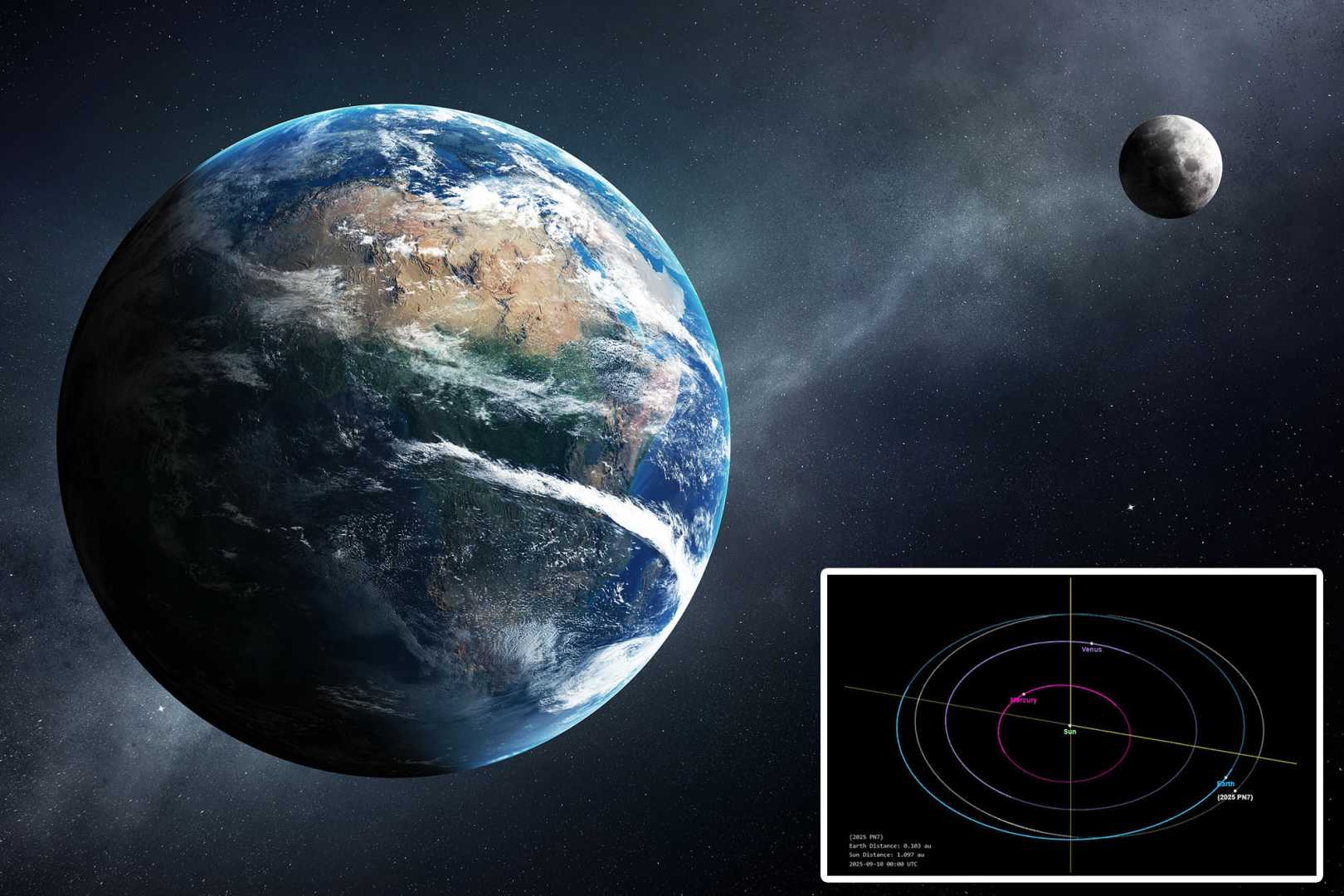News
Earth Gains a Second Moon: Meet Quasi-Moon 2025 PN7

HONOLULU, Hawaii — Astronomers have confirmed that Earth has gained a second moon, a small near-Earth object designated 2025 PN7. This quasi-satellite will co-orbit with our planet until approximately 2083 and offers a unique chance for scientific study.
NASA and researchers at the University of Hawaii announced the discovery, describing 2025 PN7 as an intriguing new companion for Earth. It was first observed in August 2025 by the Pan-STARRS survey. The object measures between 18 to 36 meters wide, similar to the height of a small building.
Unlike Earth’s natural moon, 2025 PN7 does not orbit Earth directly. Instead, it follows the Sun in an orbit that closely resembles Earth’s, creating the appearance of two moons from certain perspectives. Scientific calculations reveal that this quasi-moon has likely been accompanying Earth since the 1960s.
2025 PN7’s orbit is a “1:1 resonance” with Earth, which means it stays close to our planet for decades without being gravitationally bound. This dynamic allows it to remain nearby while still following its independent path around the Sun.
NASA estimates that 2025 PN7 will remain within a few million miles of Earth until around 2083, when gravitational interactions are expected to alter its trajectory. Despite its small size, this quasi-moon poses no threat to Earth, and its stable orbit is of significant interest to scientists.
“This discovery helps us better understand the mechanics of our solar system,” said Carlos de la Fuente Marcos, an astronomer involved in the study. He remarked on the rarity of quasi-moons, with only eight known examples in our solar system.
Studying 2025 PN7 enables scientists to gain insights into orbital dynamics and the behavior of near-Earth asteroids. The discovery also highlights that there are still many mysteries to uncover in our cosmic neighborhood.
While visibility of 2025 PN7 is limited, it may eventually serve as a testing ground for future space research and missions due to its proximity to Earth. Astronomers will continue to monitor this intriguing object, contributing to our understanding of the solar system.
As the celestial body orbits alongside Earth, scientists emphasize that we are reminded of how diverse and surprising our universe can be. The presence of 2025 PN7 illustrates that even as we are familiar with our surroundings, there are discoveries yet to be made.












